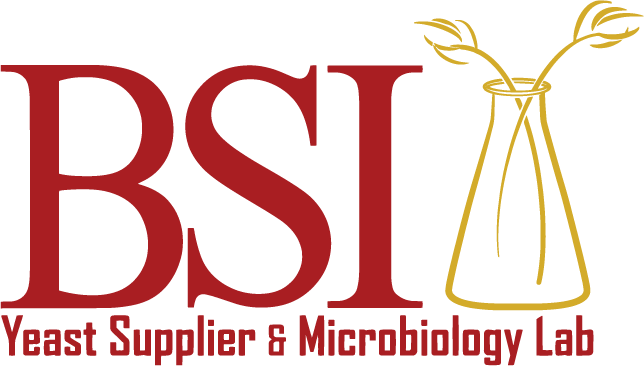I am curious to know who harvests their yeast (for re-pitching) before or after they crash their beers, and why.
I was taught to wait until primary fermentation is complete, and re-pitch to another vat before crashing the beer. It was shown to me as if there was no other way to do this. I now hear from others that they wait until after they crash the beer. I understand that it aids in flocculation to wait, but it was told to me that if you wait until the beer is cold, there are 2 problems. First, the risk of dead cells, and second, shock - going from 35 degrees to 70 degrees.
Please, explain the pros and cons of both.
The Dickster
I was taught to wait until primary fermentation is complete, and re-pitch to another vat before crashing the beer. It was shown to me as if there was no other way to do this. I now hear from others that they wait until after they crash the beer. I understand that it aids in flocculation to wait, but it was told to me that if you wait until the beer is cold, there are 2 problems. First, the risk of dead cells, and second, shock - going from 35 degrees to 70 degrees.
Please, explain the pros and cons of both.
The Dickster

Comment